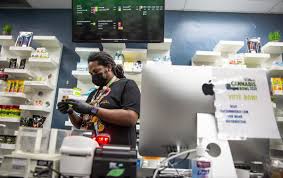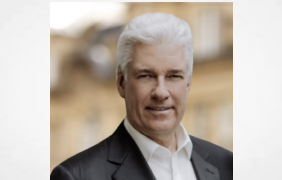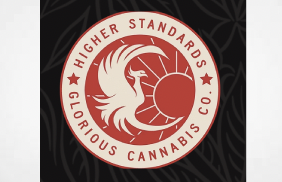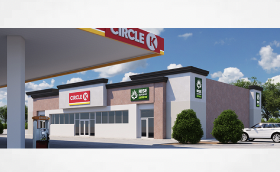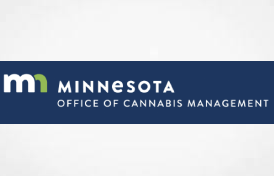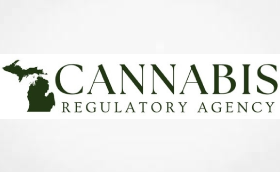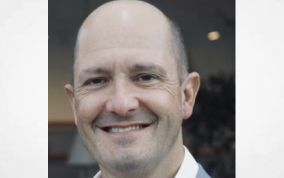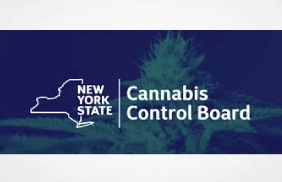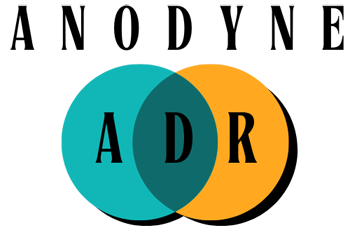Thrillist (LA) reports on the different safety approaches being taken by cannabis retail across the US and how business are interpreting rules and regulations coming down from their state authorities
“A couple of days prior to the orders, WHTC announced it had received permission from the Bureau of Cannabis Control to run a curbside pickup operation. From that point on, no customers have entered the building. All staff members periodically sanitize, wear gloves, and now wear two masks: an N95 and a cloth mask over that to help them avoid touching their face.”
In recent weeks, COVID-19 has fueled nationwide panic-buying, forcing Americans to figure out what’s essential to them. Items like toilet paper and disinfecting wipes have inadvertently become extremely valuable (and potentially our new form of currency), but there’s another commodity at the top of the list: cannabis.
Unsurprisingly, marijuana consumers have been remarkably more chill than hand sanitizer hoarders in LA. Jackie, a co-manager at Studio City dispensary WHTC, said: “People seem to still be buying the same things as always, just maybe in slightly larger quantities.”
Hours between each other, Los Angeles Mayor Eric Garcetti and California Governor Gavin Nesom signed “safer at home” and “shelter in place” executive orders on March 19. Both offered a slate of essential businesses that could stay open and, to the shock of some, cannabis retailers made both lists.
Across the nation, states are taking different approaches and definitions of “essential.” Oregon and Michigan dispensaries are open for curbside business only; Colorado and Illinois shops are open in general while Denver and select Illinois dispensaries move to medical customers only; and Massachusetts is only allowing medical marijuana customers to shop.
Picking up in your pickup
A couple of days prior to the orders, WHTC announced it had received permission from the Bureau of Cannabis Control to run a curbside pickup operation. From that point on, no customers have entered the building. All staff members periodically sanitize, wear gloves, and now wear two masks: an N95 and a cloth mask over that to help them avoid touching their face.
Several other dispensaries have followed suit with similar adaptations, from smaller outfits like LA’s Cornerstone Wellness to the boutique dispensary chain MedMen. Cornerstone is also running a curbside pickup service, but it’s no longer accepting new customers. It’s also allowing existing patrons to add a cash balance to their account for less interaction during future visits. The small Oregon dispensary chain Chalice Farms is also running curbside delivery, but customers were still allowed inside, as of Monday. Staff is limiting the number of people in the store and has marked the floor with boxes to stand in to keep customers from getting too close.
MedMen is encouraging customers to use their express, in-store pickup option where social distancing is also in effect, and its delivery drivers are using hand sanitizer between every drop-off.
Safer deliveries
Popular California cannabis delivery company Eaze is also having drivers sanitize between customers and has enacted several other policies. Individual dispensaries employ the drivers, but Eaze’s new protocols include drivers signing with an “X” for customers, wearing gloves, using a stylus or finger cots to input PINs, and keeping a six-foot distance throughout the delivery. Cash transactions are discouraged and customers are expected to use exact change whenever possible.
In Los Angeles, Eaze’s cannabis deliveries have increased in volume since March 13, particularly with new customers. Deliveries to first-time customers are up 41 percent and signups are up 72 percent. “There’s a large group of new customers, who are made up of people who’re respecting the quarantine and also new users, who are looking to manage stress and wellness while cooped up,” said Eaze’s Senior Director of Corporate Communications Elizabeth Ashford.
Despite these numbers, everyone who contributed information to this piece has indicated there isn’t a hectic dash to dispensaries or their delivery services.
Pass on the Puff Puff
The World Health Organization (WHO) officially recommends refraining from “smoking and other activities that weaken the lungs” as a prevention tactic for COVID-19. Luckily, recreational weed has left us with a buffet of options, from edibles to sublinguals, that will keep our lungs in fighting shape.
Data from Headset shows people are already leaning into edibles and cannabis beverages, but flower numbers aren’t taking much of a hit. Data for Washington, California, Nevada, and Colorado show edible sales have grown to 14 percent from 11 percent of the market. Compared to an average Monday, California’s Plus Products Gummies sales jumped 157 percent and Lagunita’s Hi-Fi beverages went up 70 percent.
Pre-rolls aren’t doing so hot, supporting Washington data that people are moving away from low-volume flower purchases and buying more in the 7 to 28-gram range. To limit return trips, Oregon has introduced a temporary law for medical cardholders increasing the daily cannabis purchase amount to 28 ounces, but the maximum monthly amount remains at 32 ounces.
If you’ve already stocked up on flower, you can save it for later by keeping it in a cool, dark place (air-tight glass containers are the best) or use it now by making your own cannabutter for edibles. Freezing is ill-advised as it will degrade the quality; in addition to destroying delicate trichomes, the weed is susceptible to temperature and humidity fluctuations. Your fridge/freezer is not constantly running and the freezer will not get cold enough to successfully flash freeze flower. Even if you’re fine with weak weed, defrosting it opens up the possibility for mold to grow. Basically, just put it in a cupboard or make some brownies.
